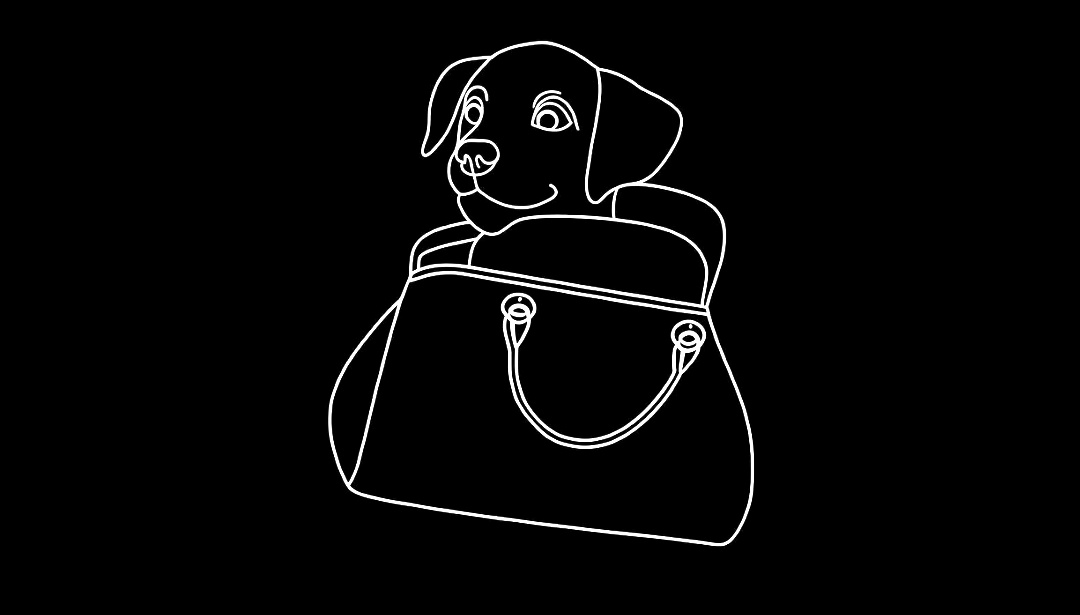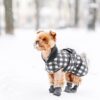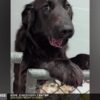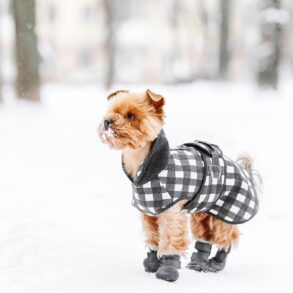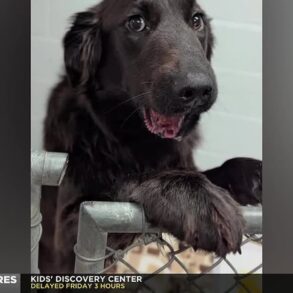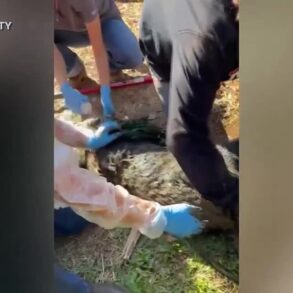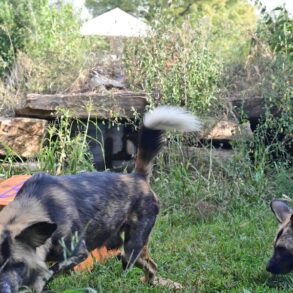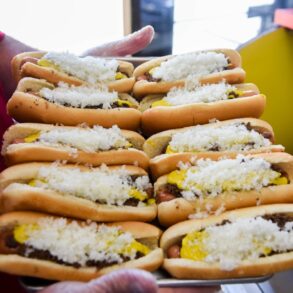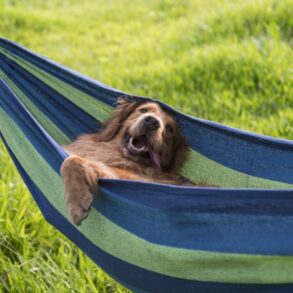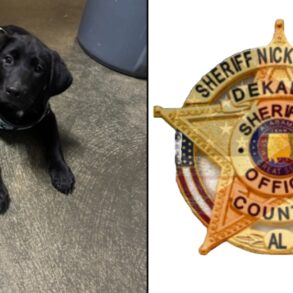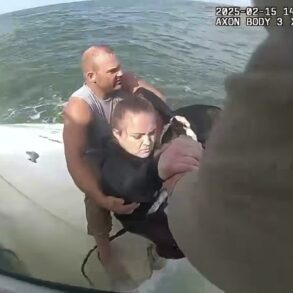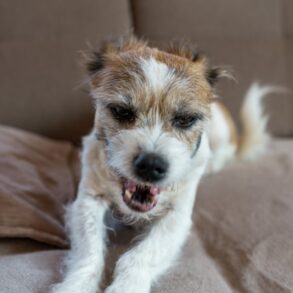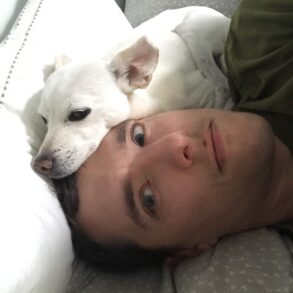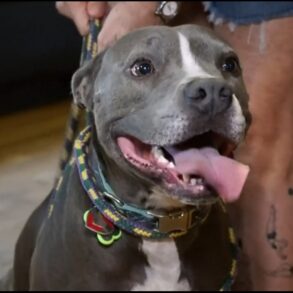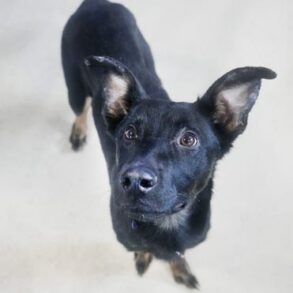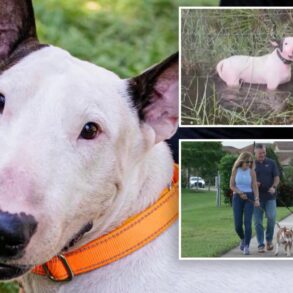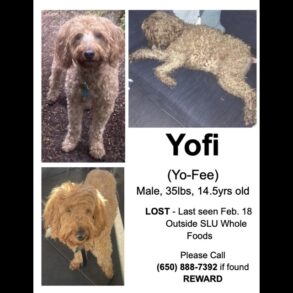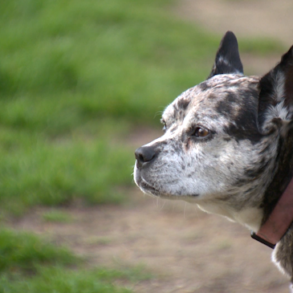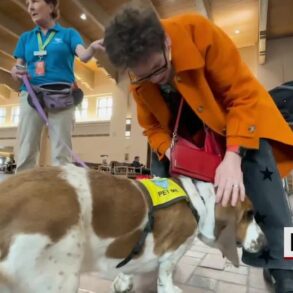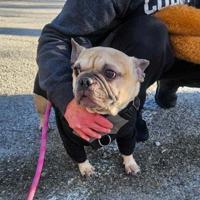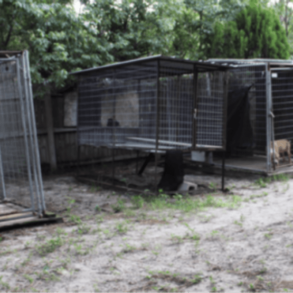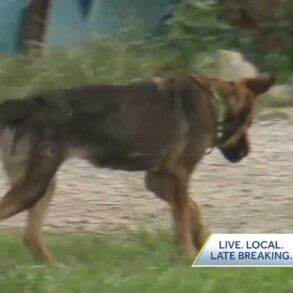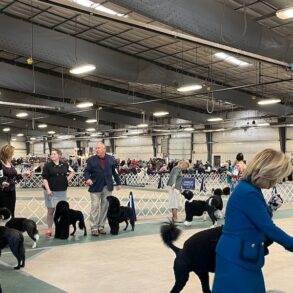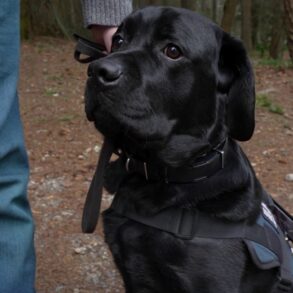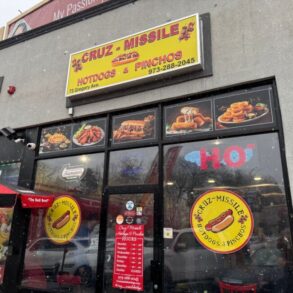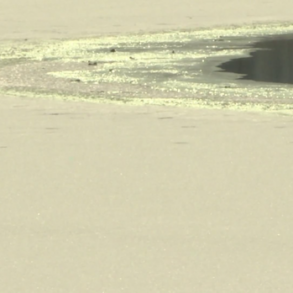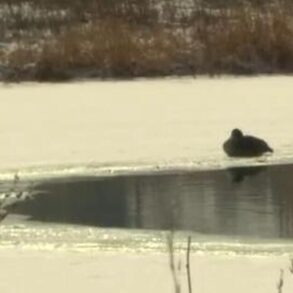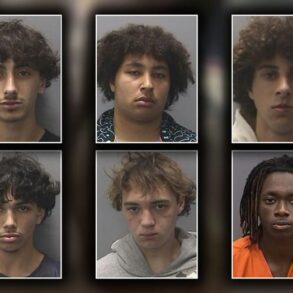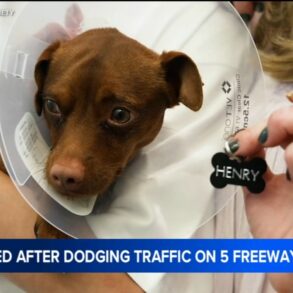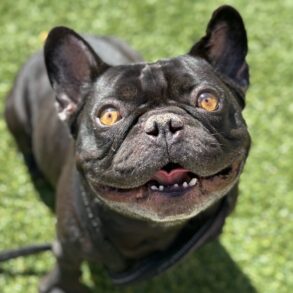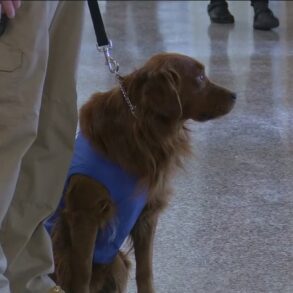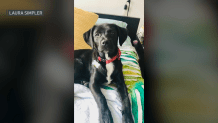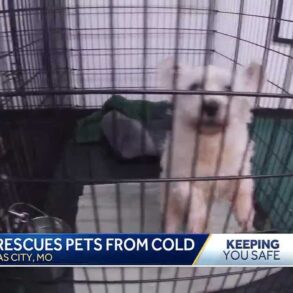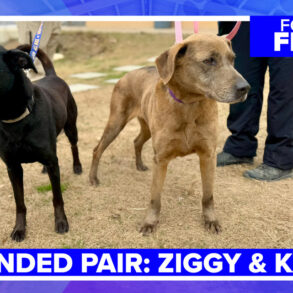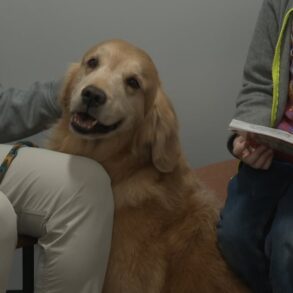The Truckee Winter Carnival 2025 is fast approaching and though we had hoped for more snow, most of the events can continue, with some modifications. To get you ready for some of the more uncommon events we’ve included a brief history of dog sledding, what it takes to be a good sled dog, and describe what skijoring really is, or isn’t.
A Brief History of Dog Sledding
A sled dog is defined as a dog that is trained and harnessed so they can haul a vehicle, usually a sled, over snow. Dog sleds have been a part of our history for thousands of years and have been an intricate part of our societies. Sled dogs provided people the ability to survive in extremely harsh environments. They have been used in Canada, Greenland, Norway, Sweden, Siberia, Russia, Alaska and here in Truckee.
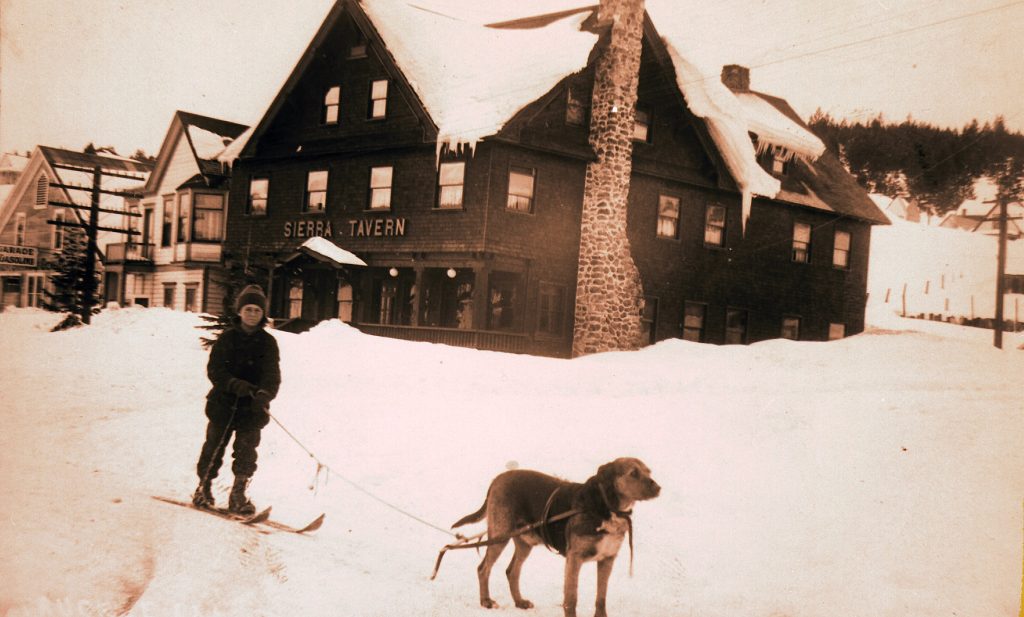
During the late 1800s and early 1900s dog sleds served as a primary means of communication and transportation in the cold winter environments. Some of the more notable sled dog events included:
- The Klondike Gold Rush in the late 1800’s where sled dogs transported everything from prospector supplies, mail, doctors, freight, and more. This timeframe is captured well in the Jack London novel “The Call of the Wild”.
- The race to the South Pole in 1911 had the winning team, Amundsen from Norway, using sled dogs to get to their goal.
- Then there is the famous story of sled dogs bringing an antitoxin to Nome, Alaska to cure the 1925 diphtheria outbreak. It took multiple dog teams traveling almost 700 miles in just six days to save many lives.
Airplanes, trucks, highways and snowmobiles have put many sled dogs out of work yet they are still used in some rural areas of Canada, Alaska and Greenland.
What Makes a Great Sled Dog
A group of sled dogs is called a ‘team’ and can vary widely from 4 to 16 dogs double file and side by side. Dog sledding is often called ‘mushing’ and the person who travels in the dog sled has been historically been known as the ‘musher’.

A musher looks for several qualities in a good sled dog. The most important is having a dog that has an incredible desire to run and work in a harness. The dog needs to work as a team with other dogs and take commands from the musher. Antisocial or aggressive dogs won’t fit in with dog sledding. The dog needs to be friendly with people and adapt to changing situations. It should be noted that to start the team off they don’t say “mush”. That word is too soft. The mushers usually say “hike” or “let’s go” to start the dog team and to stop the dogs they say “whoa”. To turn right the command is “gee” and to turn left the command is “haw”.
Secondly, look at the dog’s paws. Long distance racing is difficult on their bodies and their legs and paws take the brunt of the trip. Booties can help but they can slow dogs down in shorter races. Great sled dogs have tough, webbed feet with closely spaced toes. The webbed feet act as virtual snow shoes.
A third quality is the dog has to have a healthy appetite and a healthy coat. Picky eaters may not be able to take in the necessary calories needed for the trail. A thick healthy coat of dog fur will help keep the dog warm and preserve the essential calories needed for the races.

Training Your Sled Dog
There is a wide range of dog sled breeds with the most common being the Siberian Husky, Alaskan Malamute, Samoyed, Chinook and the Alaskan Husky (which is not a pure breed but bred to be a sled dog). The smaller ones are better for speed while the larger breeds are used for hauling supplies and heavier weights.
Here in Truckee, Lead Dog Athletics has been training sled dogs for years. Training starts as soon as the puppies are born but with no pulling until they are 1-2 years old. Their methodology includes:
- Positive reinforcement. Give the dogs lots of praise, rewards and joy in training.
- “The dog is never wrong” which means we have to set the dog up for success.
- Nurturing the dog’s instincts. They want to run and want a purpose and meaning which means learning from you.
- Inspiring connections and build an incredible bond of trust and respect.
- And finally, have fun! Make sure you and your dog are enjoying the learning process.
What is Skijoring?
Skijoring is defined as the action of being pulled over snow or ice on cross country skis by either a horse, dog/dogs or a motor vehicle and is the fastest growing winter sport in North America. The horse team consists of a horse, rider and skier. Dog skijoring is different but follows similar concepts. There is a modern version of horse skijoring which includes specific rules and regulations. The course has various jumps and gates that the skier must navigate and they may have to occasionally grab rings to improve their score. The main objective is to not miss any of the obstacles and have the fastest time, which can have the skier traveling up to 40 mph.
Skijoring started in Scandinavian countries where they would harness a reindeer and strap on Nordic skis as a way to travel across vast snowy expanses. Skijoring became popular in mountain towns like Jackson, Wyoming and Aspen, Colorado in the 1930s and 1950s. Cowboy skijoring simplified the equipment with the cowboy horse rider attaching a long rope to the saddle horn of a western saddle and adding a knot at the end of the rope which the skier held onto as the horse galloped down a long straightaway. Other rigging styles had the rope attached to the back of the saddle. Some of the rules for cowboy skijoring state that the skier must finish the race in an upright position on at least one ski with the rope in hand. Both skier boots must cross the finish line. If the team was too drunk then they could be disqualified but being in the wild west, the rules were flexible.

Truckee Winter Carnival 2025
Some of the events for this year’s Winter Carnival may be affected by lack of snow. The dog sledding demonstration can go on by having the dogs pull a wheeled cart over asphalt. This is how they are trained in the summer months to keep them in shape. The skijoring is questionable since the snow has to be at least 6″ deep and well compacted. The horse’s hooves cannot ‘punch’ more than 6″ upon impact but there are options to demonstrate the sport with or without snow. The Rail Jam looks likely good to go in the Truckee Regional Park amphitheater.
There are also the Saturday indoor events including two historical presentations with the introduction by Bill McGlashan, great grandson of Truckee’s own prominent citizen, C.F. McGlashan. And not to be missed is the historic railroad walking tour and the Hot Doggin’ Party on Saturday, March 1st.
For more information and the latest updates go to tdrpd.org/carnival. The Truckee Winter Carnival is going to be a fabulous time for the entire family. We look forward to seeing you there!
About the author:
Judy DePuy is a member of the Truckee-Donner Historical Society and a board member of the Museum of Truckee History. She resides in Truckee with her husband, Dave, and their Belgian Sheepdog, Morticia.
This post was originally published on this site be sure to check out more of their content.
